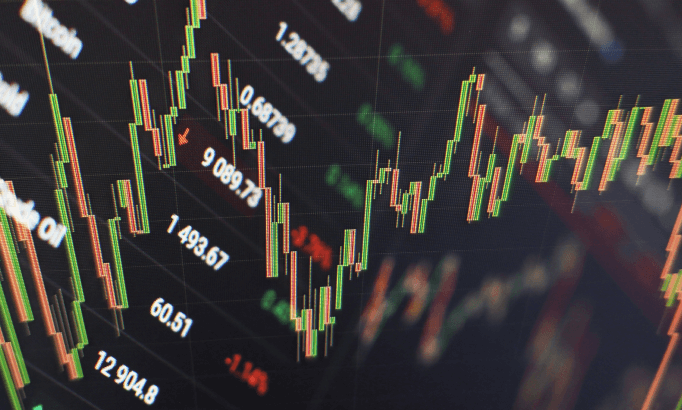Fundamental analysis is a method of evaluating a security in an attempt to measure its intrinsic value, by examining related economic, financial and other qualitative and quantitative factors. Technical analysis and fundamental analysis are very different. Unlike fundamental analysis, technical analysis actually ignores the fundamental factors, such as economic conditions and news, and is only applied to the price action of the market. Technical analysis for Forex mostly consists of a variety of Forex technical studies. Each of these studies can be interpreted to generate buy and sell signals or to help predict market direction.

There are two main types of analysis when it comes to Forex - fundamental and technical analysis.
Fundamental analysis is a way of looking at the Forex market by studying and analysing the impact of political, economic and social factors on the relative value of a certain currency.
In other words, fundamental analysis is the study of what is happening in the world in both, economical and financial sense, and it tends to focus on how macroeconomic elements (e.g. the growth of the economy, inflation rate, interest rates, unemployment rate) affect the financial markets.
The idea behind fundamental analysis is that if a country's economic outlook looks good, the value of its currency is likely to strengthen as other countries and investors are likely to increase business with them, furthering demand for their currency.
On the other hand, if a country's economy looks unstable, the value of its currency is likely to decrease. In other words, the better shape of a country's economy, the bigger the demand. The worse shape of a country's economy, the lesser the demand.


Fundamental analysis in forex trading involves studying the economic and political factors that can affect the value of a currency. This can include things like interest rates, GDP, inflation, and political stability. By analyzing these factors, traders can make predictions about how a currency will perform in the future and make trades accordingly.
Some traders use both technical and fundamental analysis in their trading strategies. It's important to note that fundamental analysis is often considered a long-term approach, while technical analysis is more commonly used for short-term trades.


The Consumer Price Index (or CPI in short) is an economic indicator released on a regular basis by central banks to provide a glimpse into the current growth and inflation levels of a country. It measures changes in the prices of consumer goods in more than 200 different categories.
The Gross Domestic Product (or GDP in short) is one of the most popular economic indicators that indicate the economic health and strength of a country's economy, as well as the total value of the goods and services produced in a country over a specified period of time.
The Producer Price Index (or PPI in short) is a price index that measures domestic production over time. This has a huge effect on a nation's currency - the higher the PPI number, the higher future consumer inflation, whilst the lower the PPI number, the lower future inflation.
The Non-Farm Employment report (or NFP) is the one report each month that has the biggest power and often results in significant market movement. It provides traders with important economic data such as unemployment rates, which is the percentage of the workforce that is unemployed, the number of new jobs created, the average hours worked per week, and average hourly earnings.